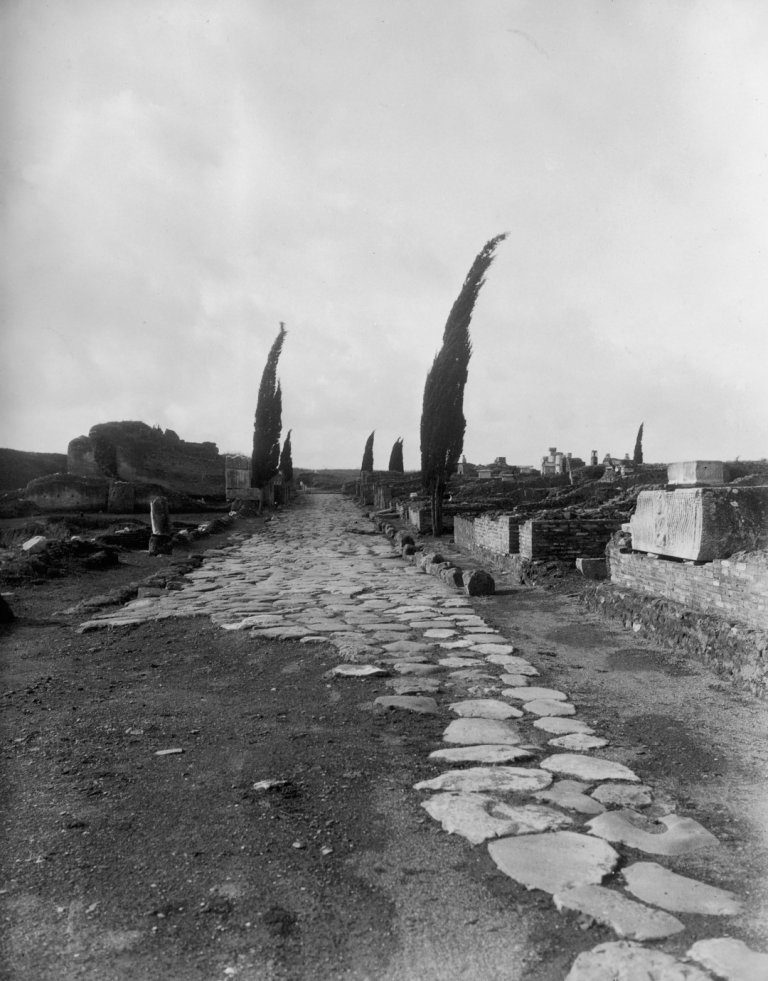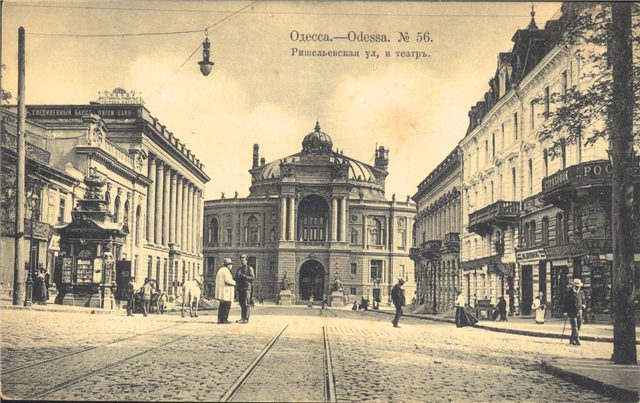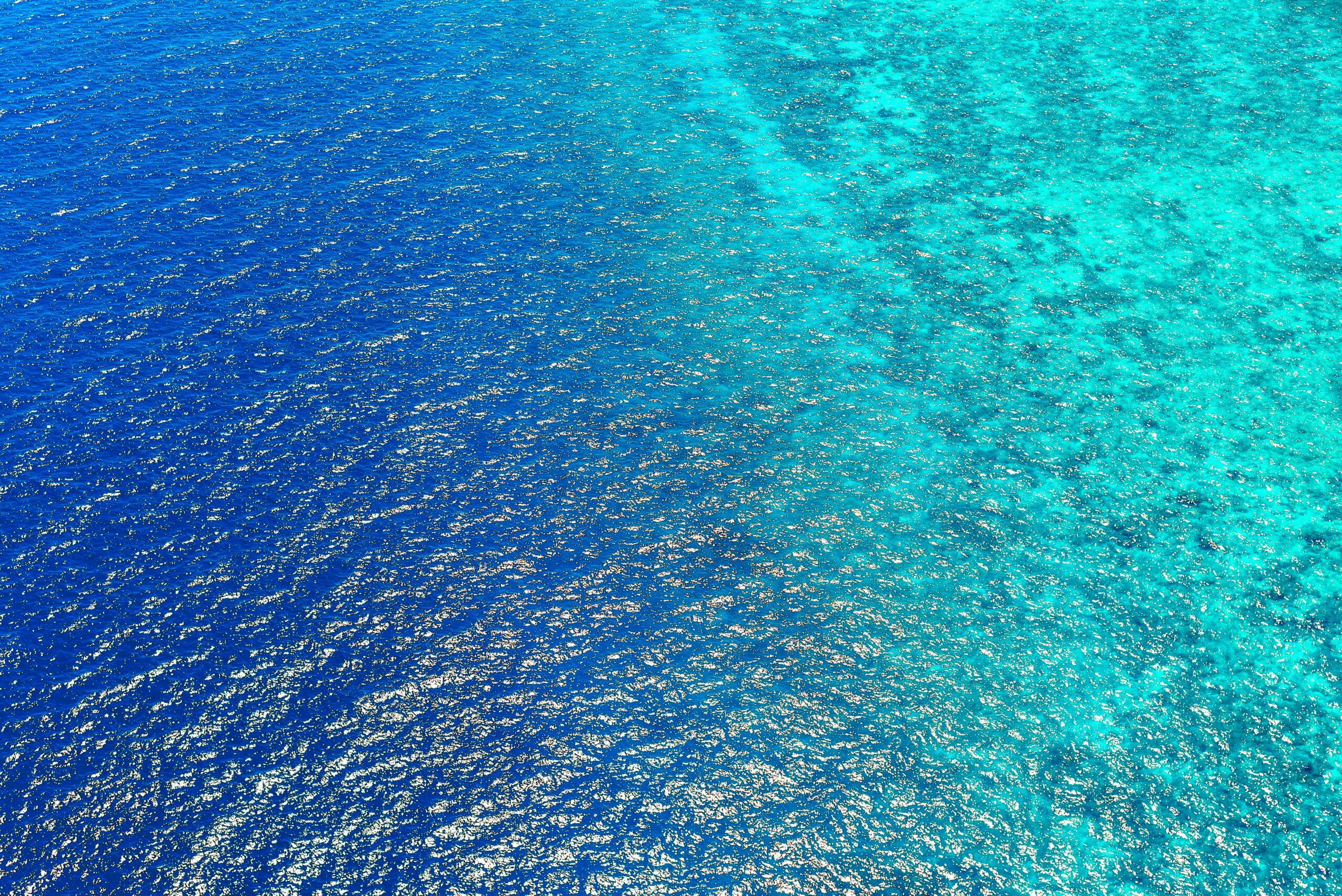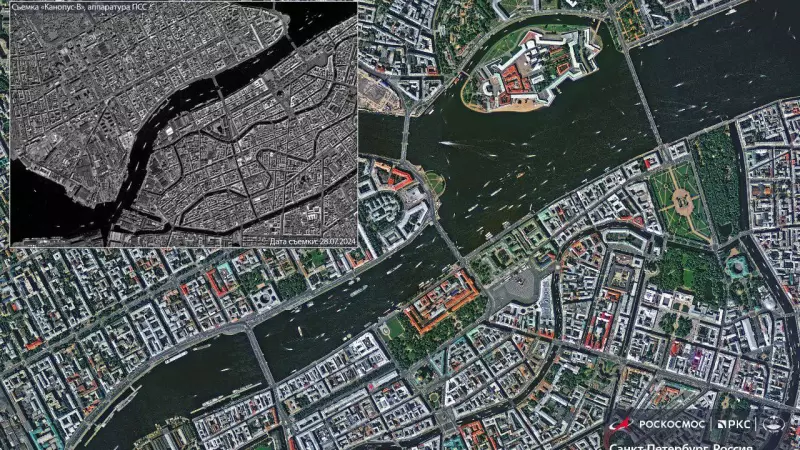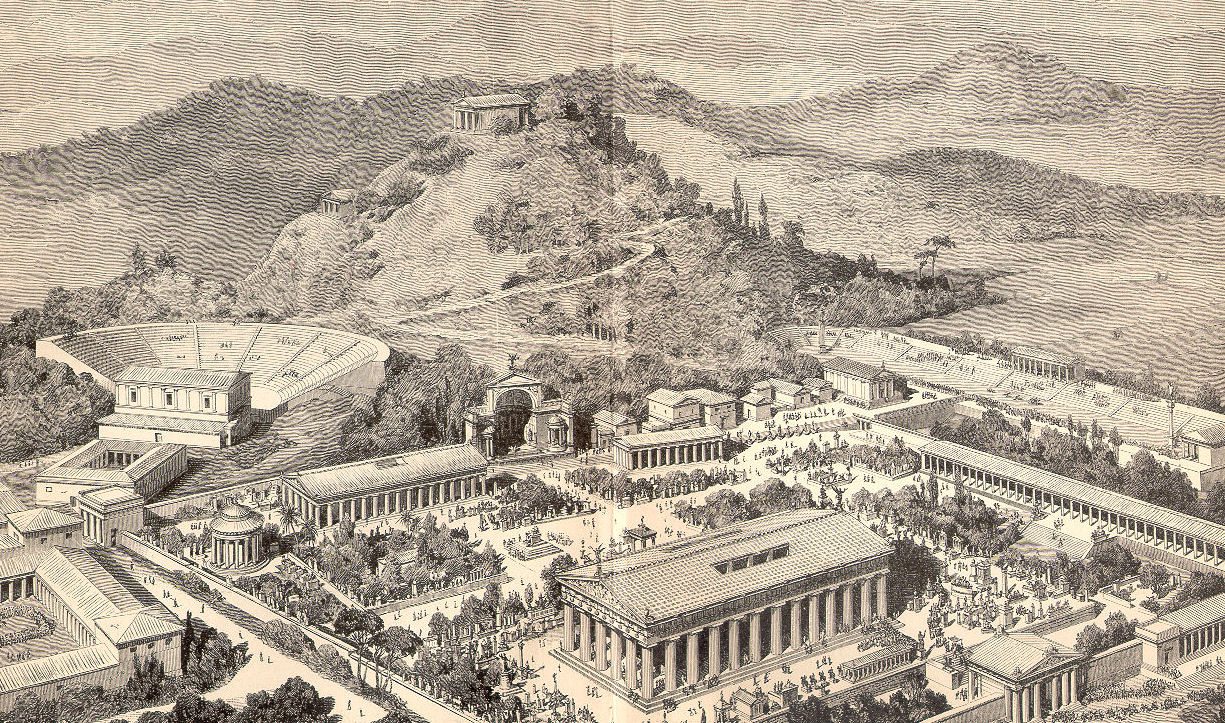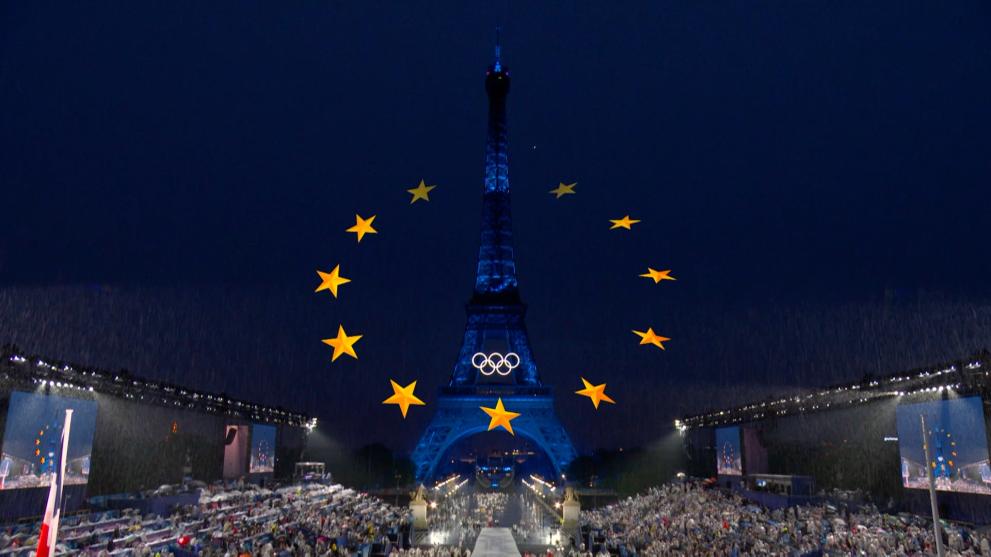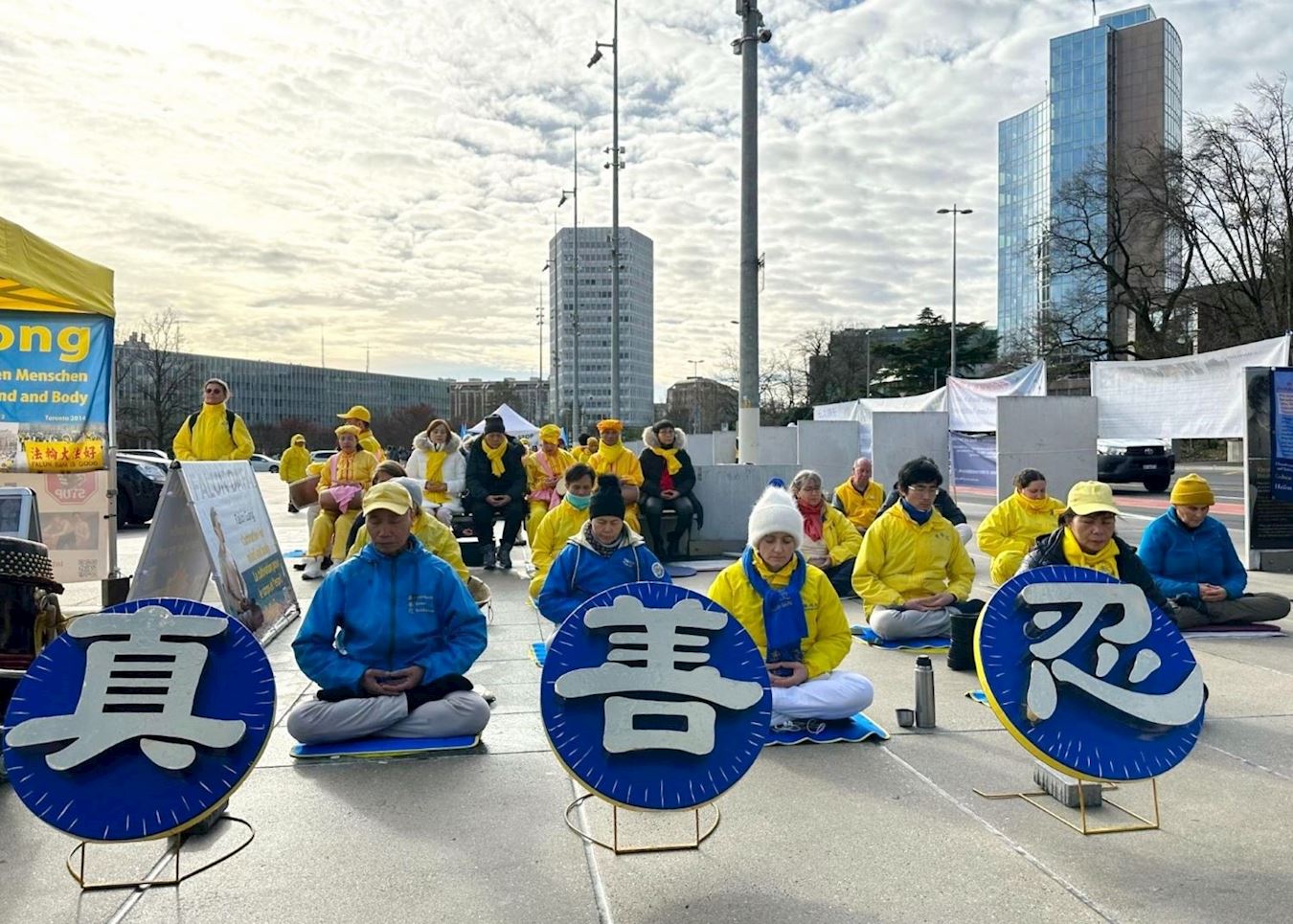On July 29, 2024, a significant step forward for Poland’s railway system was announced with the European Investment Bank (EIB) extending a loan of PLN 1 billion (over €230 million) to Polska Grupa Energetyczna (PGE), the country’s largest utility provider. This funding aims to modernize the power systems of Poland’s railway network, paving the way for greener and faster services in the coming years. The ambitious project, slated for completion by 2028, marks the EIB’s sixth contract with PGE, reflecting a strong relationship between the two entities. Currently, PGE has credit lines with the EIB totaling €1.3 billion.
EIB Vice-President Teresa Czerwińska emphasized the importance of the project, stating, “We are a proven partner for large infrastructure investments in Poland. The modernization of railway lines enhances the quality of life for residents and is beneficial for business. It is also conducive to sustainable development, which is a key priority for the European Union.”
The essence of this project lies in its capacity to reshape the energy landscape of rail transport in Poland. The financing will cover the construction of 43 new electrical substations and the modernization of an additional 24. These substations are crucial for converting alternating current (AC) to direct current (DC), an essential process for powering trains efficiently. Furthermore, the investment will support the development of high-voltage and medium-voltage power lines, enhancing the overall electrical infrastructure needed to support the railway network.
Przemysław Jastrzębski, PGE Group Management Board Vice-President, pointed out that the advancement of railway power systems is imperative to meet the specific requirements of the sector. He stated, “Cooperation with the EIB gives us the tools we need to carry out those tasks. Thanks to the obtained funds, we will be able to invest in modern power infrastructure and develop innovative renewable energy projects.” One such project includes recuperating and storing energy generated from braking trains, a significant innovation towards achieving Poland’s greener energy goals.
The Modernisation of Power Systems (MUZa) investment project primarily focuses on enhancing railway safety, increasing rail line capacity, and improving train speeds, ultimately reducing journey times for passengers. This alignment with the European Union’s sustainable transport goals will facilitate regional integration, alleviate road traffic congestion, and reduce energy consumption, air pollution, and noise across Poland.
The EIB, being the long-term lending institution of the European Union, plays a pivotal role in financing projects aligned with EU policy objectives. With a commitment to supporting €1 trillion in climate and environmental sustainability investments by 2030, the loan to PGE is a beacon of the EU’s ambition for a more sustainable future.
PGE is not just leading the charge with this project; it is also a crucial player in the broader context of energy transition within the EU. The company’s strategic goal is to achieve climate neutrality by 2050, and initiatives like the Green Rail program aim to provide the rail transport sector with fully clean energy from renewable sources. With a target of 85% of energy consumption from renewable sources by 2030, PGE is actively working towards innovative solutions, including energy storage technologies.
In conclusion, Poland’s railway modernization initiative represents a critical investment in the country’s green infrastructure, one that aligns with the broader objectives of the European Union. This project not only aims to improve transportation efficiency and safety but also contributes to the EU’s sustainability goals, showcasing how regional infrastructure projects can foster economic growth while steering towards a greener planet.





